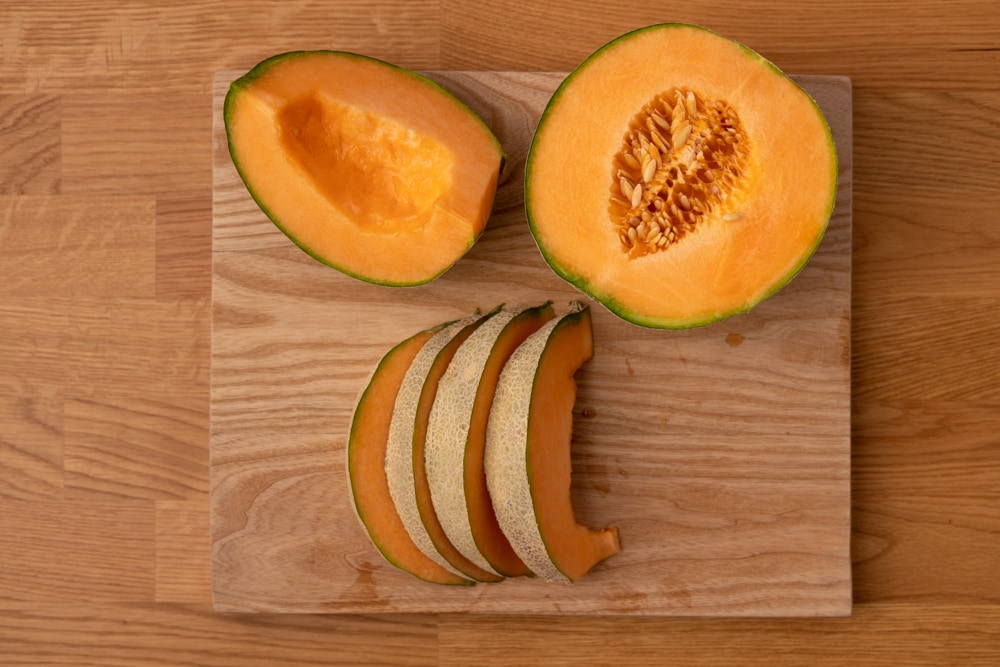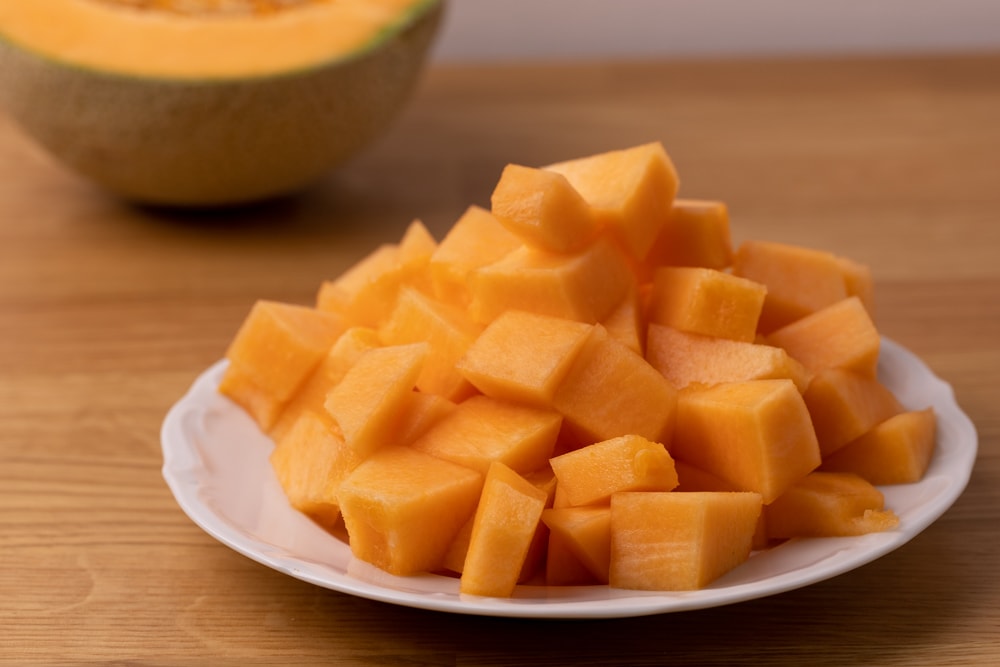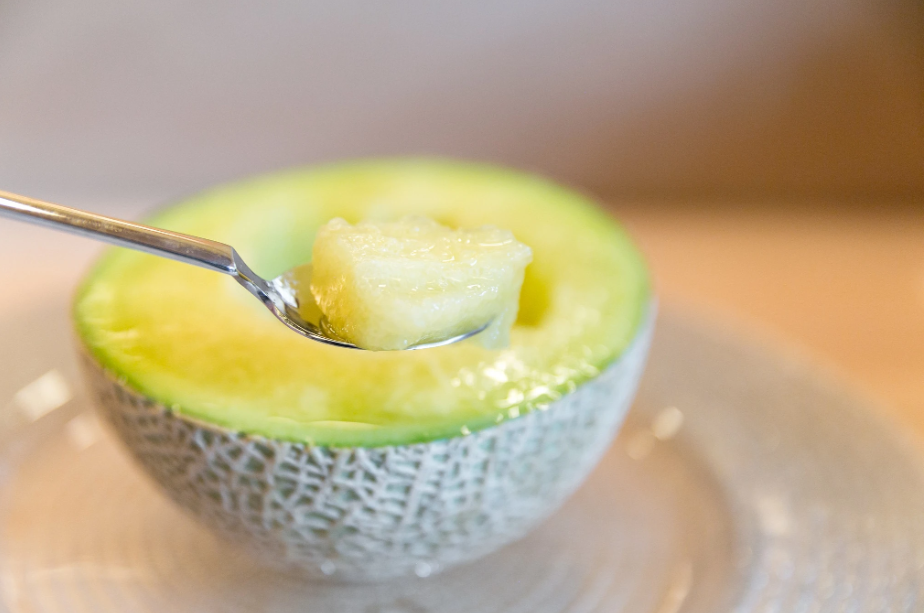How to Tell If Cantaloupe Is Bad: A Comprehensive Guide
Cantaloupe, also known as muskmelon, is a delicious and refreshing fruit enjoyed by many during the summer months. Its sweet, juicy flesh and aromatic scent make it a popular choice for desserts, salads, and snacks. However, like any perishable food item, cantaloupe can go bad over time, posing potential health risks if consumed when spoiled. In this comprehensive guide, we will explore various methods and techniques to help you determine if your cantaloupe has gone bad. By the end of this article, you'll be equipped with the knowledge to spot the telltale signs of a spoiled cantaloupe and make informed decisions about its consumption.
I. Understanding Cantaloupe Shelf Life:
Before diving into how to tell if cantaloupe is bad, it's essential to understand its typical shelf life. A freshly harvested cantaloupe can last anywhere from 7 to 10 days when stored at room temperature.

Cantaloupe
Refrigerating the fruit can extend its shelf life to about 2 weeks. However, once you cut into the cantaloupe, its freshness will significantly decrease, lasting only 2 to 3 days in the refrigerator. Proper storage is crucial to maintaining the quality of your cantaloupe and avoiding spoilage.
II. Examining the Exterior:
One of the initial steps in determining whether your cantaloupe is bad involves inspecting its exterior. A ripe cantaloupe should have a vibrant, golden-orange color and a firm, slightly waxy texture. Avoid cantaloupes with visible bruising, soft spots, or mold growth, as these are clear indications of spoilage.
Additionally, check the stem end; a sweet aroma suggests ripeness, while a sour or fermented smell may signal that the fruit is no longer fresh.
III. Assessing the Texture:
The texture of a cantaloupe can provide valuable insights into its freshness. Gently press on the skin to feel for any soft or mushy areas. A ripe cantaloupe should yield slightly to pressure but not feel excessively soft.

Assessing the Texture
If you notice a significant loss of firmness or an overly mushy texture, the fruit may be spoiled and should be discarded.
IV. Checking for Mold and Discoloration:
Mold growth is a definite sign that your cantaloupe is no longer safe to eat. Inspect the entire surface of the fruit, paying close attention to crevices and the area around the stem. Any presence of mold, even in small amounts, indicates spoilage.
Similarly, if you notice discoloration or a slimy texture on the flesh, it is best to discard the cantaloupe to avoid potential health risks.
V. Smelling for Off Odors:
A ripe cantaloupe should emit a sweet, pleasant aroma that indicates its readiness for consumption. However, if you detect any foul or sour odors, it is a strong indicator of spoilage. Trust your sense of smell; consuming a cantaloupe with off odors can lead to foodborne illnesses and should be avoided.
VI. Tasting a Small Portion:
While not always recommended, tasting a small portion of the cantaloupe can help you confirm its freshness. Take a small bite from a healthy-looking area and pay attention to the flavor. A ripe cantaloupe should be sweet, juicy, and refreshing. Any bitterness, sourness, or lack of flavor may indicate spoilage.

Tasting a Small Portion
VII. Considering the Storage Conditions:
The way you store your cantaloupe can significantly impact its shelf life. Always keep the fruit in a cool, dry place until it ripens. After cutting the cantaloupe, store any unused portions in an airtight container in the refrigerator. Proper storage can extend its freshness and minimize the risk of spoilage.
VIII. Conclusion:
In conclusion, enjoying a ripe and delicious cantaloupe requires proper selection and careful observation. Understanding the signs of spoilage and implementing suitable storage practices are essential for ensuring the fruit's safety and quality. By examining the exterior, texture, and aroma of the cantaloupe, you can easily tell if it has gone bad and avoid potential health issues.
Remember, when in doubt, it is always safer to discard a cantaloupe that appears spoiled. With the knowledge gained from this guide, you can confidently select and enjoy the freshest, most flavorful cantaloupes all summer long.